Stir-fried shrimp is a beloved dish across global cuisines, celebrated for its delicate texture, vibrant flavor, and versatility. Whether served as an appetizer, a main course, or nestled atop a bed of steaming rice, mastering the technique to cook shrimp to perfection can elevate any meal. This article delves into the intricacies of creating restaurant-quality stir-fried shrimp at home, exploring ingredient selection, preparation techniques, cooking methods, and creative flavor pairings. By the end, you’ll have the knowledge to transform simple shrimp into a culinary masterpiece.
The Foundation: Selecting and Preparing Shrimp
The journey to exceptional stir-fried shrimp begins with choosing the right ingredients. Freshness is paramount—opt for wild-caught shrimp if possible, as they often boast a sweeter, brinier flavor compared to farm-raised varieties. Size matters too; larger shrimp (such as 16/20 count per pound) are ideal for stir-fries, as they are less likely to overcook and offer a satisfying bite. However, medium shrimp (26/30 count) work well for quicker preparations.
Preparation Steps:
- Peel and Devein: Remove the shell and legs, leaving the tail intact for presentation if desired. To devein, use a small paring knife to make a shallow cut along the back of the shrimp and extract the dark intestinal tract. Rinsing under cold water ensures no residual grit remains.
- Pat Dry Thoroughly: Excess moisture is the enemy of stir-frying. Drying the shrimp with paper towels prevents steaming and ensures a proper sear.
- Marinate for Flavor and Tenderness: A quick marinade enhances both taste and texture. Combine shrimp with a mixture of cornstarch, rice wine (or sherry), soy sauce, and a pinch of white pepper. The cornstarch creates a protective coating, sealing in juices during cooking.
Aromatics and Seasonings: Building Depth of Flavor
Stir-fried shrimp shines when paired with aromatic ingredients that complement its natural sweetness. Classic combinations include:
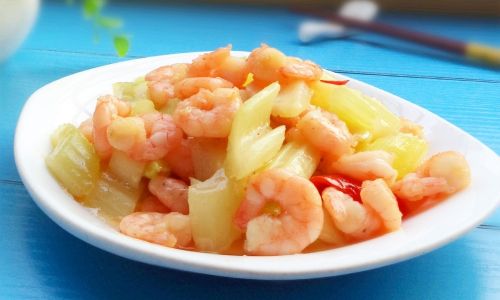
- Garlic and Ginger: Minced or grated, these form the flavor backbone.
- Scallions and Cilantro: Fresh herbs add brightness.
- Chili Peppers: For heat, use fresh bird’s-eye chilies or dried red pepper flakes.
- Sauces: A blend of soy sauce, oyster sauce, and a touch of honey or sugar balances saltiness and umami.
Preparing the Sauce Base:
Whisk together 2 tablespoons of soy sauce, 1 tablespoon of oyster sauce, 1 teaspoon of honey, and a splash of sesame oil. For a tangy twist, add 1 teaspoon of rice vinegar. This mixture streamlines cooking, ensuring even seasoning.
The Cooking Process: Mastering High Heat
Stir-frying is a dance of speed and precision, relying on high heat to seal flavors and textures. Follow these steps for flawless execution:
-
Heat the Wok or Skillet:
- Use a carbon-steel wok or a large, heavy-bottomed skillet. Preheat over high heat until a drop of water evaporates instantly.
- Add 1–2 tablespoons of oil with a high smoke point (peanut, vegetable, or grapeseed). Swirl to coat the pan.
-
Sear the Shrimp:
- Arrange the marinated shrimp in a single layer. Cook for 1–2 minutes per side until pink and slightly caramelized. Avoid overcrowding; work in batches if necessary.
- Remove the shrimp and set aside. Overcooking at this stage will result in rubbery texture.
-
Sauté Aromatics:
Reduce heat to medium and add 1 tablespoon of oil. Toss in minced garlic, ginger, and chili (if using). Stir-fry for 30 seconds until fragrant but not browned.
-
Add Vegetables (Optional):
Crisp-tender vegetables like bell peppers, snap peas, or bok choy elevate the dish. Stir-fry for 2–3 minutes until vibrant.

-
Reintroduce Shrimp and Sauce:
Return the shrimp to the pan. Pour in the prepared sauce, tossing gently to coat. Cook for 1–2 minutes until the sauce thickens and clings to the ingredients.
-
Finish with Fresh Herbs:
Toss in sliced scallions and cilantro just before serving to preserve their freshness.
Pro Tips for Perfection
- Velveting Technique: For extra-tender shrimp, try the “velveting” method. Marinate shrimp in a mixture of egg white, cornstarch, and baking soda for 15–30 minutes before blanching in oil or boiling water. This creates a silky texture.
- Adjust Seasoning: Taste and tweak—add a splash of lime juice for acidity, a drizzle of chili oil for spice, or a sprinkle of toasted sesame seeds for crunch.
- Restaurant Secret: Some chefs add a pinch of baking soda to the marinade to tenderize shrimp further. Use sparingly to avoid a soapy aftertaste.
Serving Suggestions and Pairings
Stir-fried shrimp pairs beautifully with:
- Steamed Jasmine Rice: The fluffy grains absorb the savory sauce.
- Noodles: Toss with lo mein or chow mein noodles for a heartier meal.
- Lettuce Wraps: Serve as a low-carb option with butter lettuce cups.
- Dipping Sauces: Offer accompaniments like sweet chili sauce or a garlic-soy dip.
Creative Variations
-
Spicy Szechuan Style:
- Incorporate doubanjiang (fermented chili bean paste) and Szechuan peppercorns for a numbing heat.
- Add diced celery and water chestnuts for crunch.
-
Lemon Garlic Herb:
- Replace soy sauce with fresh lemon juice and zest.
- Toss in chopped parsley and basil at the end.
-
Coconut Curry:
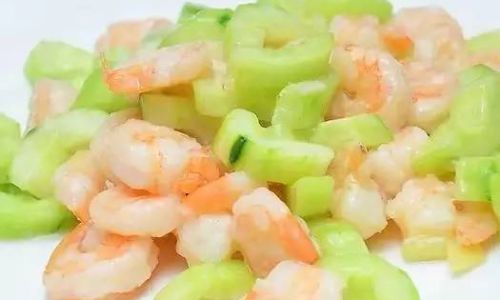
- Sauté curry paste with aromatics, then stir in coconut milk.
- Add shrimp and finish with lime leaves and cilantro.
-
Pineapple and Bell Pepper:
Introduce sweet-tangy notes with diced pineapple and colorful bell peppers.
Health Benefits and Dietary Adaptations
Shrimp is a lean protein source, rich in selenium, vitamin B12, and omega-3 fatty acids. Stir-frying minimizes added fats, making it a healthier alternative to deep-frying. For gluten-free diets, substitute soy sauce with tamari or coconut aminos. Vegetarians can replace shrimp with tofu or tempeh, adjusting cooking times accordingly.
Common Mistakes to Avoid
-
Overcooking Shrimp:
Shrimp cook in minutes; remove them from the heat as soon as they turn opaque.
-
Skipping the Marinade:
The cornstarch coating is crucial for preventing shrimp from becoming dry.
-
Low Heat Cooking:

A lukewarm pan will steam rather than sear the shrimp, resulting in a soggy texture.
-
Overcrowding the Pan:
Excess ingredients lower the pan’s temperature, leading to uneven cooking.
-
Forgetting to Taste:
Seasoning should be adjusted at the end to account for reduced sauces.
Conclusion: The Joy of Stir-Frying
Stir-fried shrimp is more than a dish—it’s a canvas for creativity. By mastering the balance of heat, timing, and flavor, you can craft a meal that delights the senses and nourishes the body. Experiment with sauces, spices, and accompaniments to discover your signature style. Whether you’re a novice cook or a seasoned chef, the art of stir-frying shrimp offers endless opportunities to refine your skills and savor the rewards. So grab your wok, sharpen your knife, and let the sizzle of the pan guide you to culinary excellence. Bon appétit!
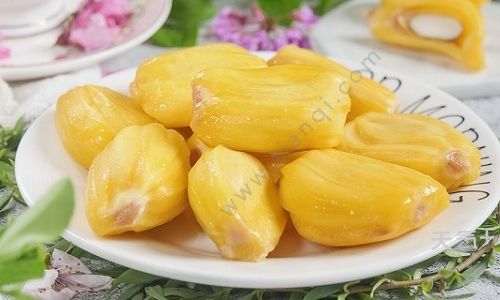
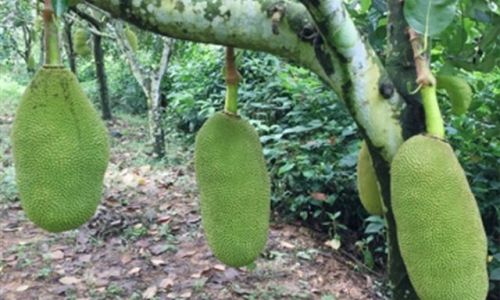
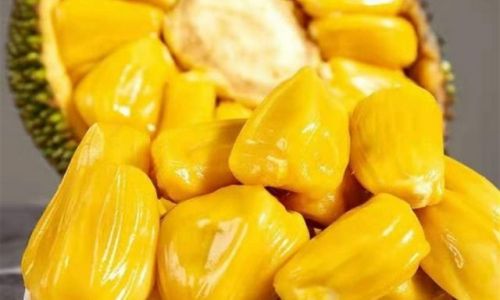
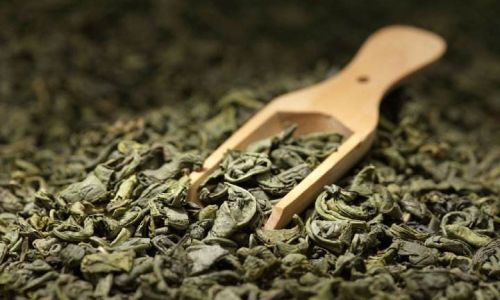
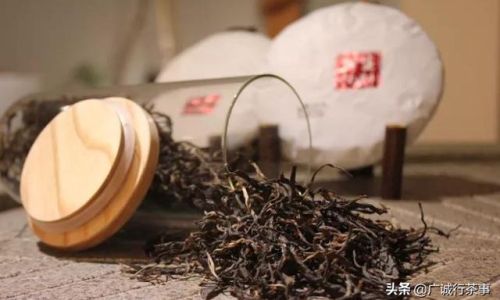
0 comments